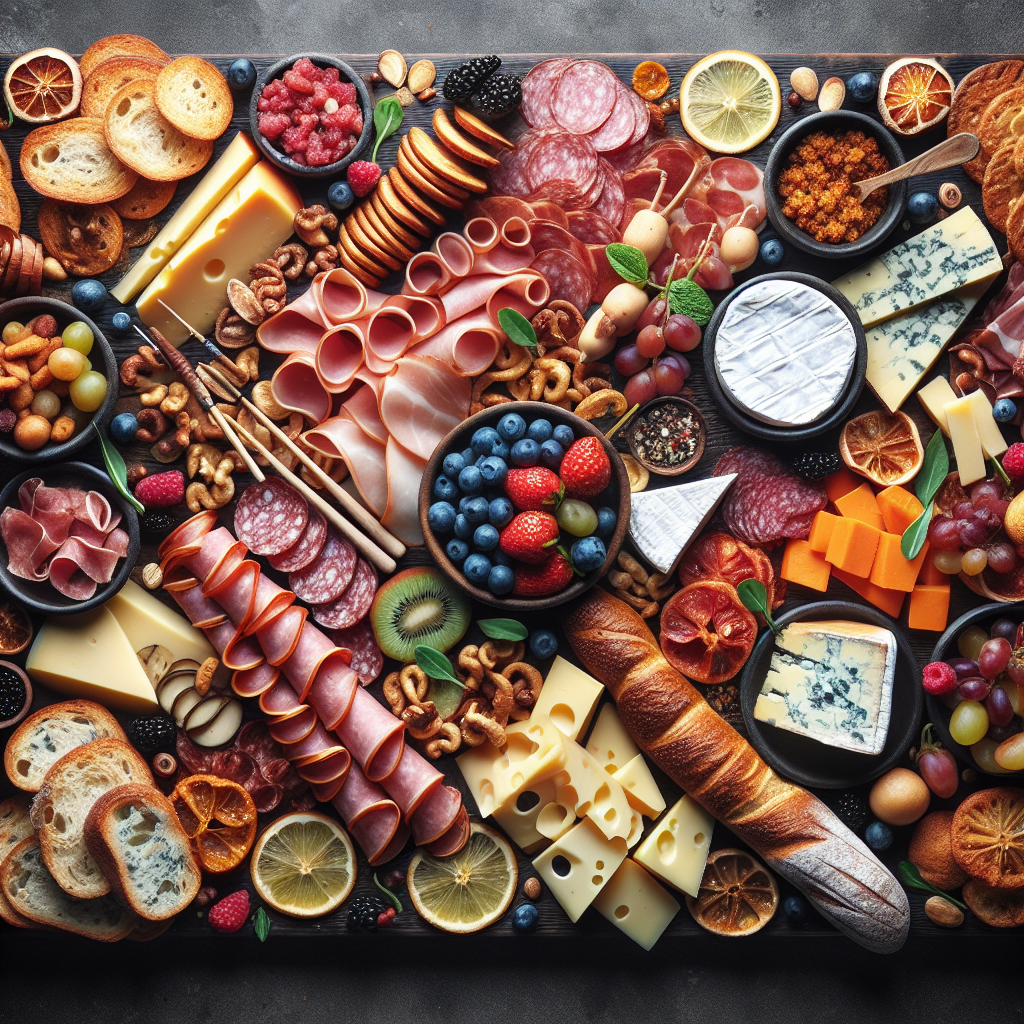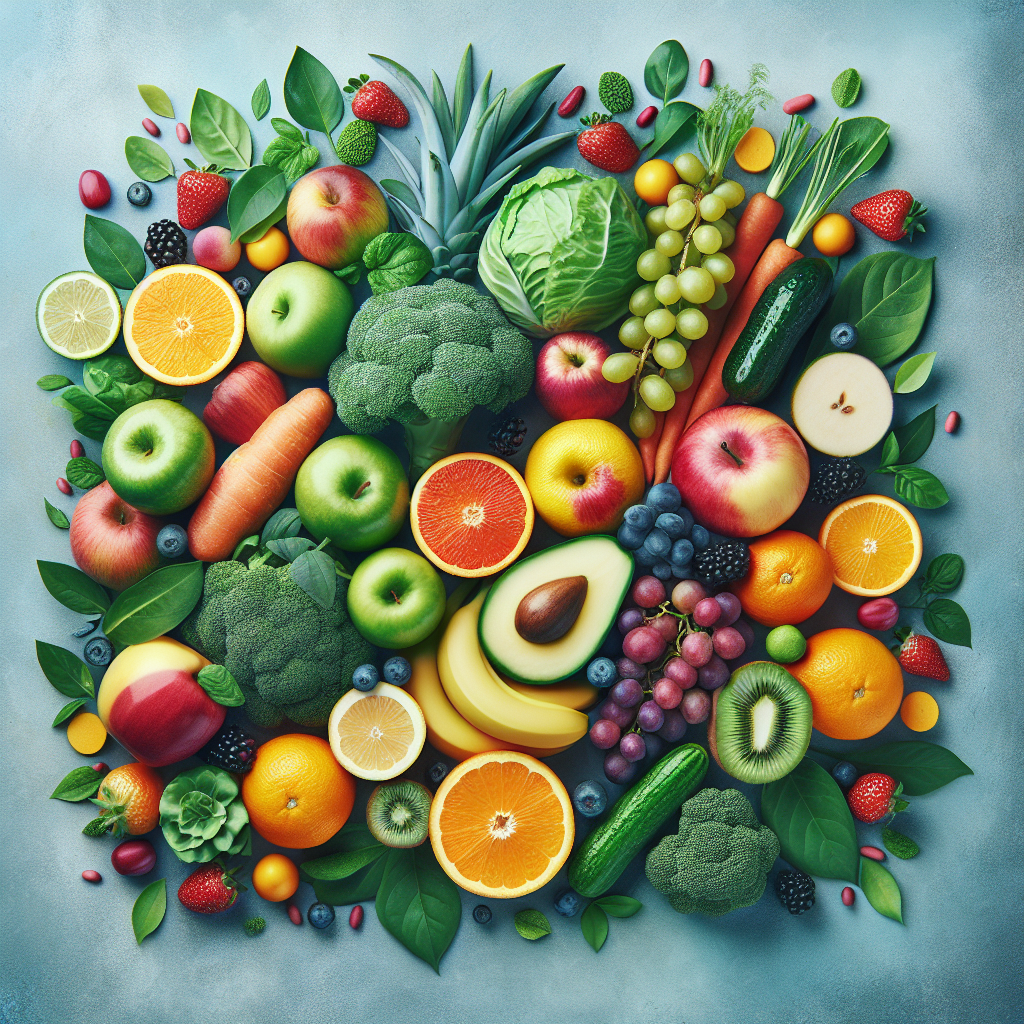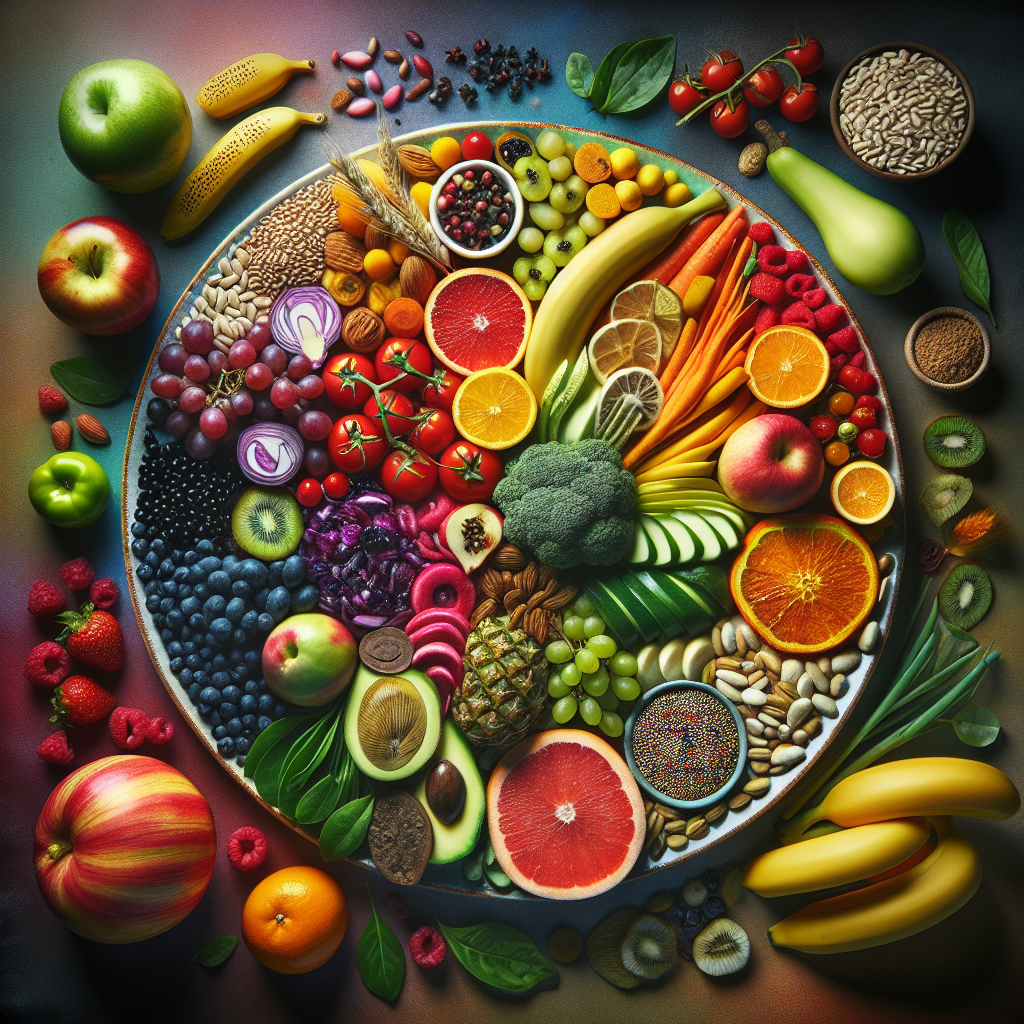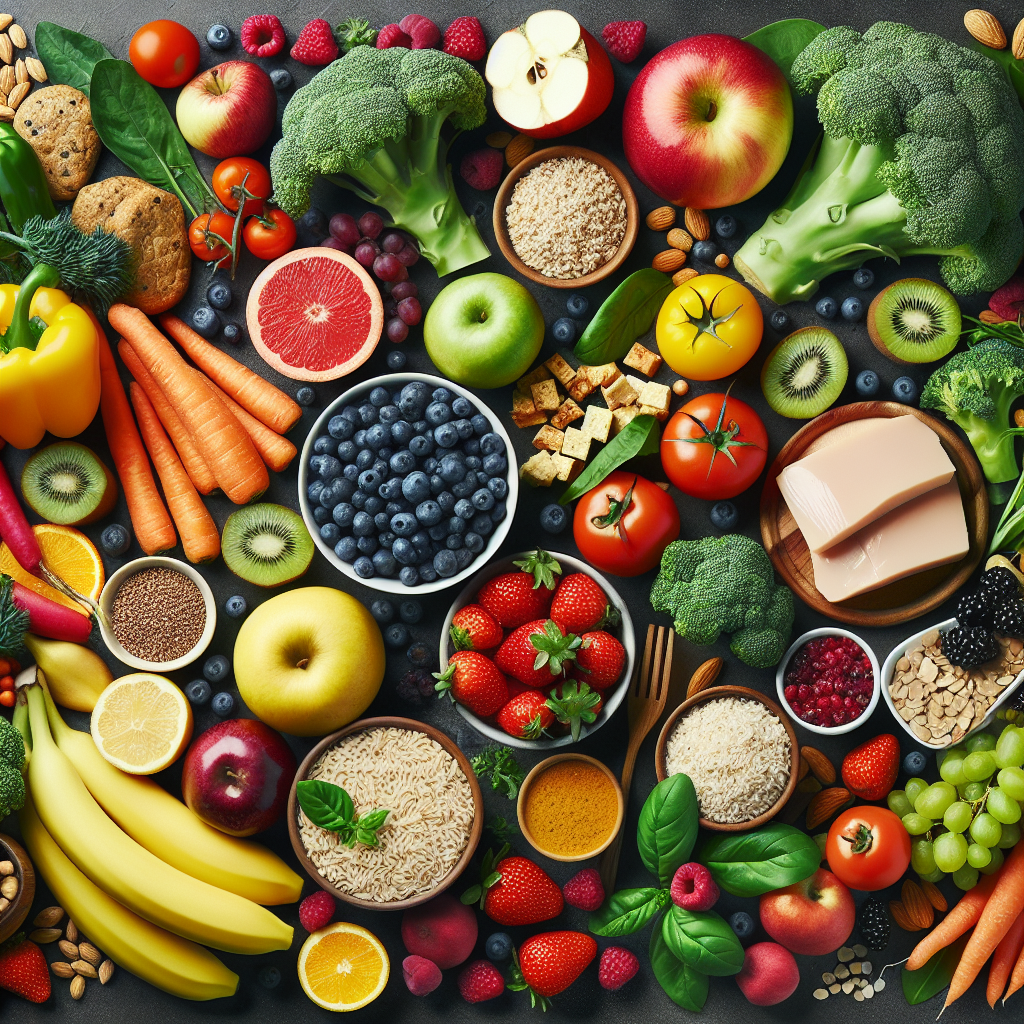Understanding Flavor Profiles and Combinations in Food Pairing
Understanding flavor profiles and combinations is essential in the science of food pairing. The interaction between different flavors and textures can greatly influence the overall dining experience. When it comes to creating harmonious food pairings, it’s crucial to consider the key elements that contribute to the overall flavor profile of a dish.
Flavor profiles encompass a wide range of sensory characteristics, including the basic tastes of sweet, salty, sour, bitter, and umami, as well as more complex flavor notes such as floral, herbal, spicy, and earthy. By understanding the individual components of each ingredient, chefs and food enthusiasts can identify potential flavor affinities and develop complementary pairings.
Furthermore, the texture of food plays a significant role in how flavors are perceived. Pairing crisp textures with creamy ones or adding a crunchy element to a dish with a softer texture can create a delightful contrast that enhances the overall eating experience. Understanding how different textures interact can help in creating well-balanced and satisfying flavor combinations.
Experimenting with food pairings allows for the discovery of new and exciting flavor combinations. Whether it’s the classic pairing of sweet and savory or the exploration of contrasting flavor profiles, understanding the science behind food pairing offers endless opportunities for culinary creativity and innovation.
Ultimately, mastering the art of combining flavors and textures in food pairing involves a blend of scientific understanding and culinary intuition. By exploring the intricate relationship between different elements of taste and texture, chefs and food enthusiasts can elevate the dining experience and create memorable culinary sensations.
Exploring the Role of Textures in Food Pairing
When it comes to the science of food pairing, flavors often take the spotlight, but the role of textures in creating harmonious culinary combinations should not be overlooked. Exploring the interplay of textures in food pairing can lead to a deeper understanding of how different components of a dish can complement each other, elevating the overall dining experience.
Texture in food can range from crispy and crunchy to smooth and creamy, adding another layer of sensory experience to the act of eating. When considering food pairings, paying attention to the textures of the individual components can enhance the balance and contrast in a dish. For example, pairing a tender, succulent piece of steak with crispy, caramelized onions creates a delightful contrast in both flavor and texture.
Furthermore, the role of textures in food pairing extends beyond the primary ingredients to encompass accompaniments and side dishes. A velvety, rich sauce can provide a luxurious contrast to a flaky, delicate piece of fish, enhancing the overall dining experience and creating a harmonious marriage of textures.
Understanding the role of textures in food pairing not only allows for more exciting and dynamic culinary creations but also opens the door to a deeper appreciation of the complexities of flavor and texture interactions. By considering how different textures can complement and contrast with each other, chefs and home cooks alike can elevate their gastronomic endeavors to new heights.
The Art and Science of Pairing Wines with Foods
Pairing wines with foods is both an art and a science, as it involves the careful consideration of flavors and textures to create the perfect culinary experience. The science of food pairing explores how different flavors and textures interact with each other, and this principle extends to pairing wines with foods.
When selecting a wine to pair with a dish, it’s important to consider the dominant flavors and the overall profile of the food. For example, a rich, creamy pasta dish may be complemented by a full-bodied Chardonnay, as the wine’s buttery and oaky notes harmonize with the dish’s creamy texture and savory flavors.
Additionally, the acidity and tannins in a wine can help cut through the richness of certain foods, providing balance and contrast. For instance, a high-acidic wine like Sauvignon Blanc can provide a refreshing contrast to a rich and fatty dish, cleansing the palate with each sip.
Furthermore, the art of wine pairing involves understanding the cultural and regional context of both the food and the wine. Certain wines are traditionally paired with specific regional cuisines, reflecting the harmony that has developed over centuries of gastronomic tradition.
Ultimately, successful wine pairing is a blend of scientific understanding and sensory appreciation, where the flavors and textures of both the food and the wine complement and elevate each other, creating a delightful dining experience.


















